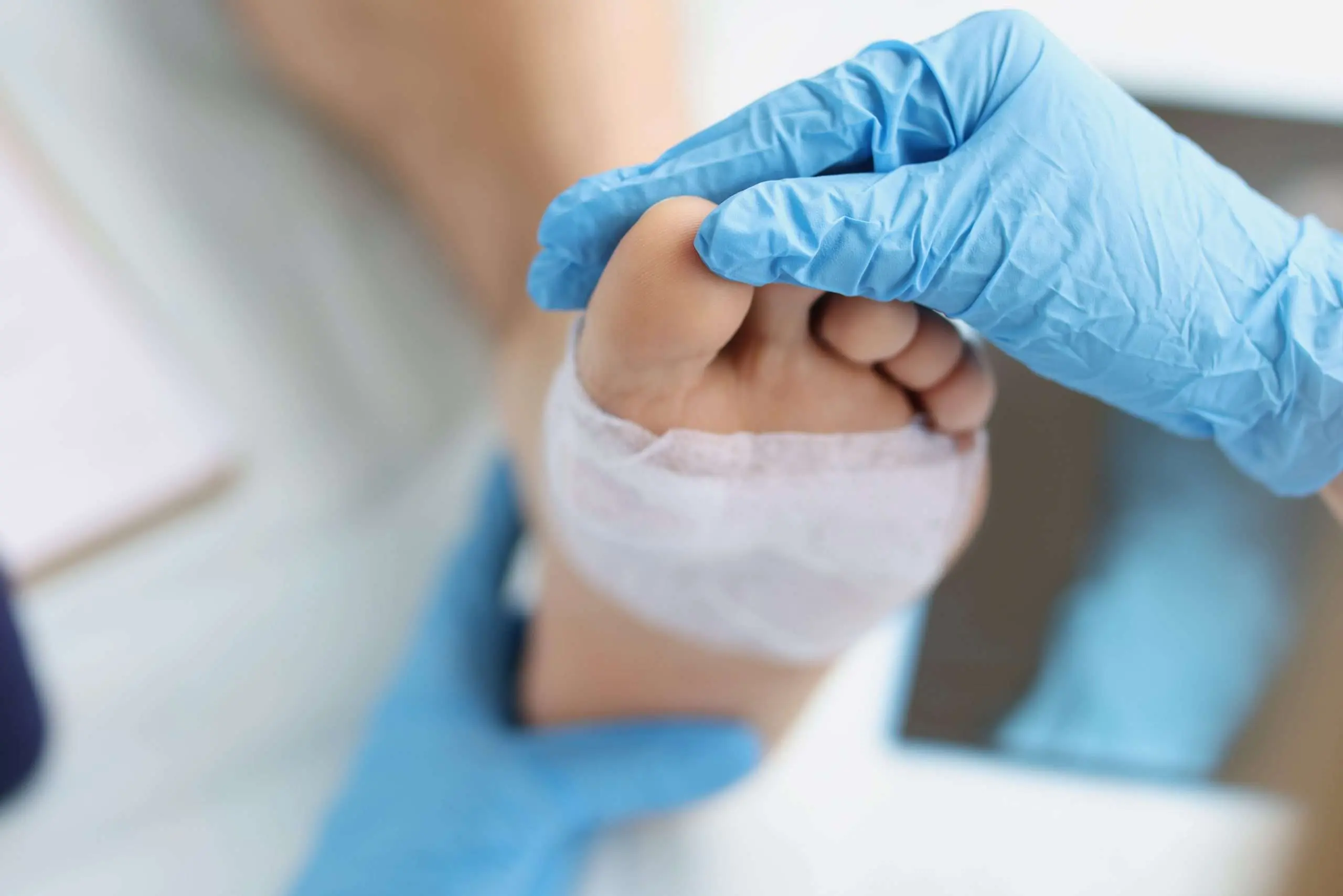
Previously used mainly to treat health issues that could not be treated with non-invasive methods, surgery is today used in a variety of settings and can even be used for purely cosmetic reasons. With the advancements in science, an increasing number of healthcare providers are able to perform small surgeries to provide more comfort to their patients. This is also true of podiatrists, who may provide you with foot surgery to alleviate some painful foot issues. How to get back on your feet quickly :
Calluses are treatable and operable
When the horny layer of the foot skin grows as a result of repetitive rubbing, a callus develops. This callus can be on the surface or embedded deeper in the skin (known as a foot horn), causing irritation and even pain when walking. A podiatric evaluation will help the podiatrist to decide whether or not foot surgery is necessary, as well as the amount of time and care required for recovery. Because you use your feet every day, the healing period should not be overlooked.
A callus can be removed with a small surgical treatment under local anesthesia, which is possible and even common. To remove the skin lesion, the podiatrist makes an incision in the afflicted region. Exfoliate the foot to remove dead skin, then apply a moisturizing ointment to clean, dry skin to prevent the callus from reappearing once it has healed.
Ingrown toenails and corns, common and operable
A toenail that grows into the flesh is known as an ingrown toenail. If the patient notices the problem right away, it can be readily handled. However, there are situations when an ingrown toenail can be so embarrassing and painful that it makes it hard for the affected person to wear a shoe comfortably. Surgical intervention to correct the nail’s form (matrixectomy) is then required.
The podiatrist uses a local anesthetic to remove the painful nail growth while also ensuring that the procedure does not harm your foot’s appearance. The procedure is brief, but it will need to be cleaned and disinfected in the days afterward, as well as a follow-up checkup.
Foot horns are similar to calluses in that they are areas of dead skin that have developed unnaturally as a consequence of frequent friction or compression. A callus, on the other hand, has a spiky form that makes it unpleasant. To restore comfort, a podiatrist might conduct surgery on the skin of the foot.
The podiatrist will use a topical anesthetic to remove the foot horn and then remove the portion of skin enclosing the horn. Convalescence and care for 14 to 21 days will be required after that. Although there will be certain limits that your podiatrist would prescribe throughout your recovery, these foot procedures are not particularly intrusive and will allow you to return to work fast.
Could surgery alleviate your foot pain?
The podiatrist will assess the state of your feet as well as your general health before recommending foot surgery. It is crucial to notify the podiatrist about your medical history and any existing health concerns since this may impact the treatment options.
If your podiatrist believes you are a good candidate, you will be offered foot surgery. This means that there is no alternative way to treat the discomfort you are experiencing (medication, cream, orthopedic inserts, etc.)
The evident benefit of podiatric surgery is that it will relieve you of your discomfort in a long-term and effective manner. It should be mentioned that a follow-up is required to check the progress of the healing, as well as to guarantee that the condition does not resurface in the months ahead.
How to prepare for foot surgery?
Before undergoing podiatric surgery, speak with your podiatrist to assess the risks as well as the ideal circumstances for the procedure. A podiatric examination will almost certainly need a consultation, and the health professional will provide you with all the information you need to prepare.